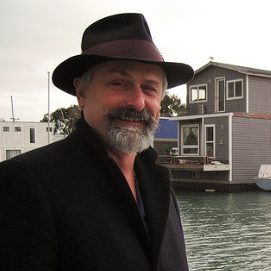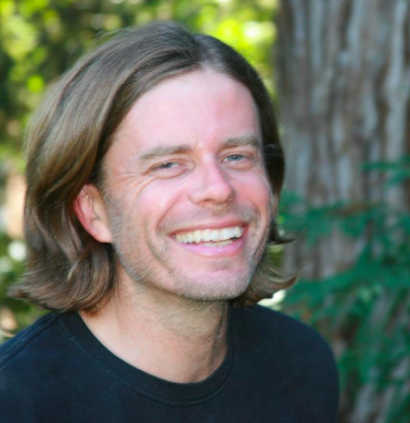A series of discussions and talks about how bottom-up urbanism is remaking the landscapes of design, power and economy in the 21st century
Immanent Urbanism(s) considers the ways in which everyday people are shaping the modern city according to their own needs and specifications. The twentieth century witnessed a massive consolidation of control over the form and intended usage patterns of urban space. Today, the same established interests remain the dominant shapers of cities, shaping both the form of the metropolis, and coding the city’s spaces as parts within a larger economic engine composed of workplaces for production, commercial centers for consumption, homes for family life, and circulatory spaces for facilitating movement between these. Yet below the surface of the apparently well-behaved city is an intransigent and multitudinous universe of people making what they will of the urban situation that they have inherited. Many unauthorized, creative, immanent urban practices have challenged the prevailing urban coding and authorship of planned urban development, leading to new meanings, cultures and life modes. To complicate matters, state and market forces have caught on to these activities, and many “top-down” organizations seeking new audiences and new channels of influence are hatching their own seemingly “bottom-up” cultural movements and co-opting existing movements. What is the status of these immanent urbanisms today? What are the diverse motivations behind these immanent practices? How have they been shaped by historical precedents? How are they changing and challenging more dominant structures and paradigms? How are institutions responding? We invite you to come and explore this world of counter-urbanisms, from historical movements like the Situationist International, to cultural ubiquities such as graffiti and street skateboarding, to the informal settlements that have long been a fixture in developing countries, and the many instances of “DIY urbanism” and “Tactical Urbanism” that have actually become tactics of larger cultural and economic forces.

























